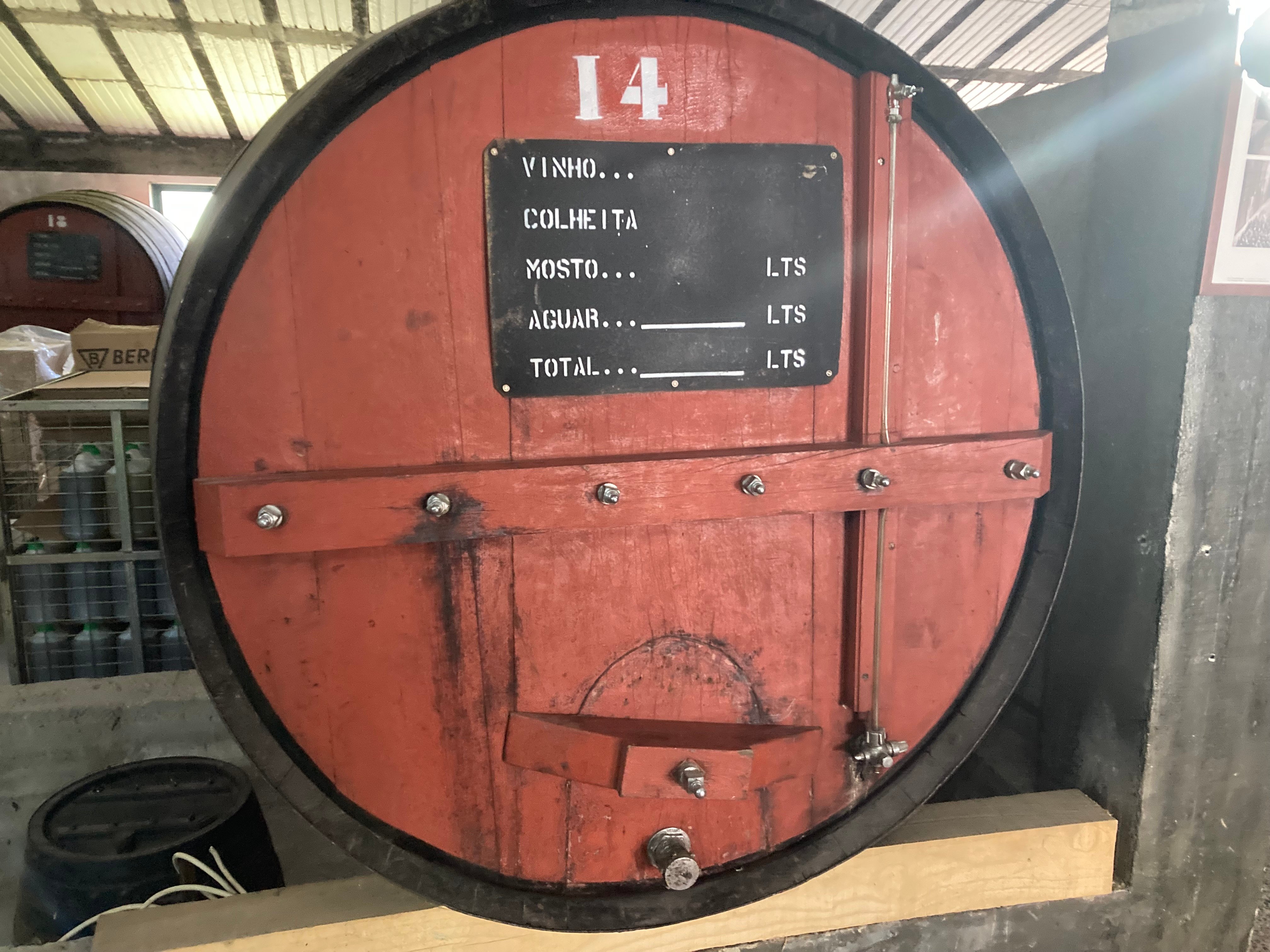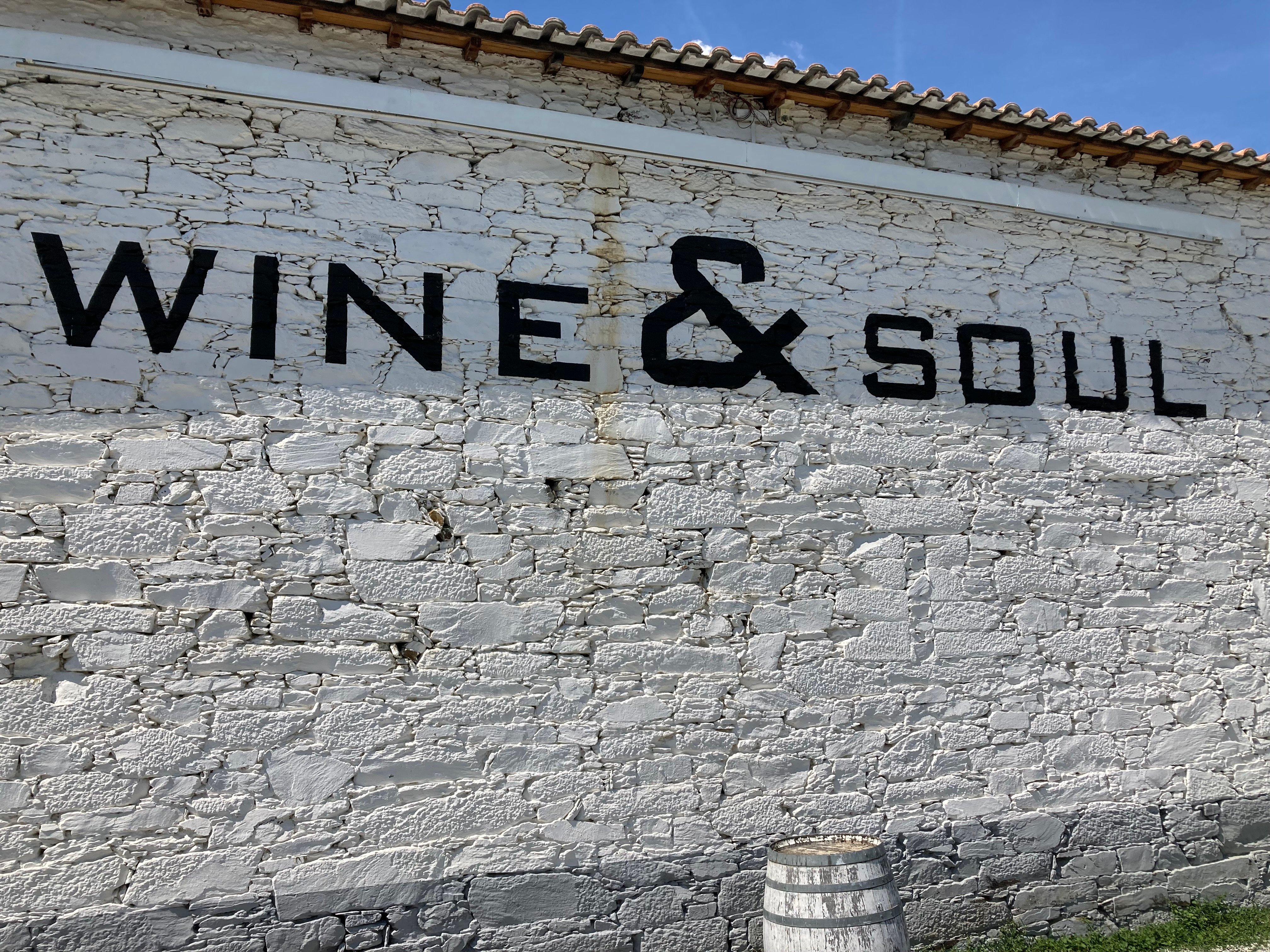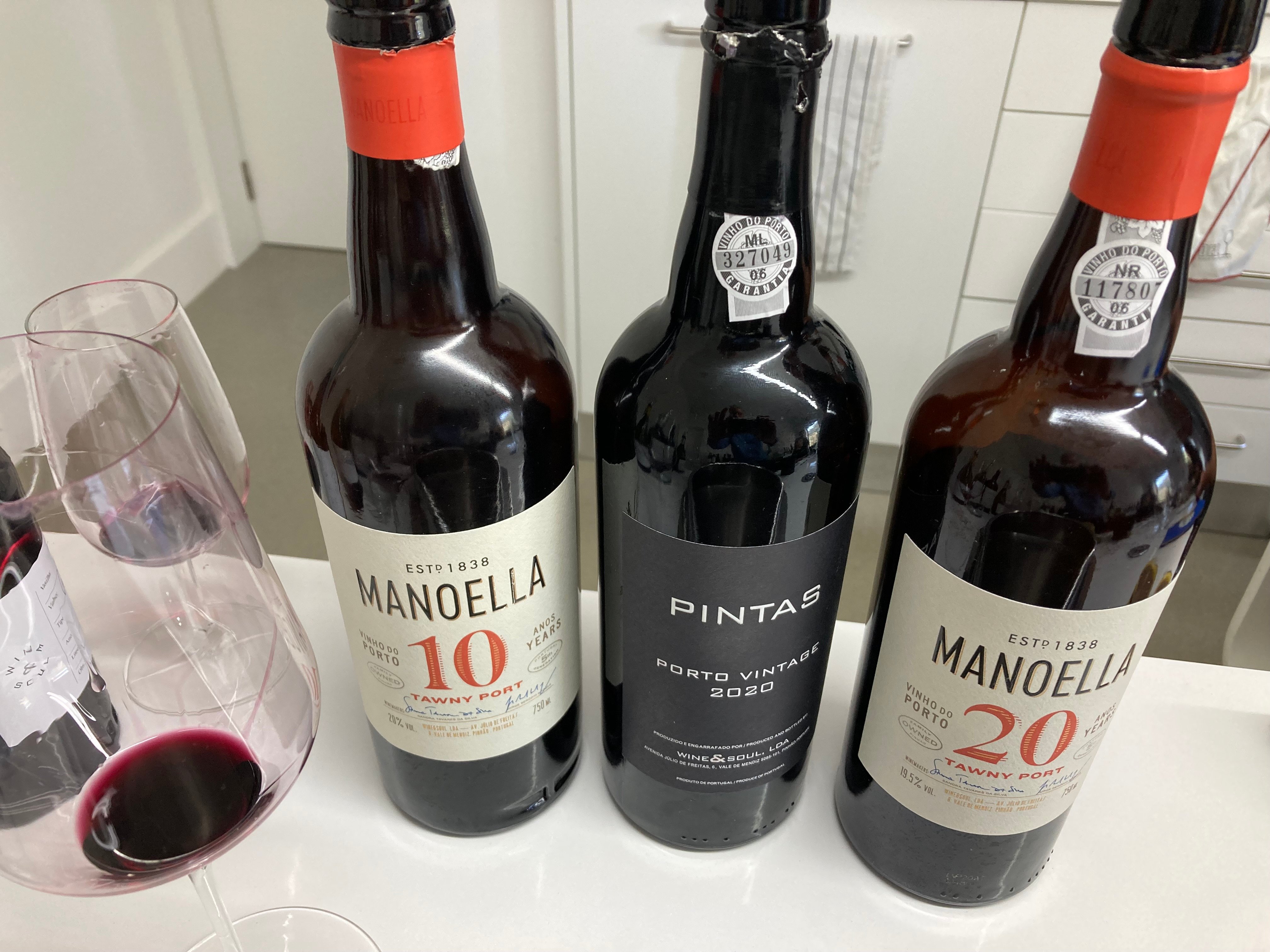Something exciting is happening in Portugal’s Douro Valley. A quiet revolution is sweeping the valley’s terraced vineyards, changing the face of its world-famous wine, Port. It’s a change that will not only see a new generation of wine lovers fall for the multiple charms of this uniquely captivating wine but one that may change perceptions of Port forever.
Port: The Reinvention Of A Classic
Mention Port to most wine lovers, and it will conjure images of powerhouse vintage ports from names such as Taylor’s, Dow’s, Warre’s, and Graham’s and their warehouses on the banks of the Douro in Porto. Others may think of barrel-aged wood ports, colheitas, late bottled vintage ports, and those amazing tawny ports whose decades of aging make them one of the world’s great fortified wines.
Whatever the case, it’s a sedate picture of time-honored practices, traditions, and styles that vary according only to the nature of the vintage. It’s a comforting image, one that’s been carefully nurtured by the major house since the invention of vintage Port back in 1775. It’s also one that is changing, as I discovered on my most recent trip to the Douro. For amid the heat of these high-altitude vineyards, a refreshing change is in the air as innovative producers look to take Port’s quality to even greater heights.
The Douro Valley: A Hotbed of Cool Climate Wines
Since the millennium, winemakers up and down the Douro have been looking for ways to make more from the bounty that their region offers. An early innovation was to look to produce table wines alongside the fortified ones which have made the Douro famous.
Largely forgotten until the end of the last century, table wines have re-emerged in ever greater numbers, and the quality has often been spectacular. Pioneers such as the Douro Boys’ Quinta Vale D. Maria, Quinta do Vallado, Quinta do Crasto, Quinta do Vale Meão, and Niepoort have been working together since 2003, and their modernizing influence has spread to the production of Port.
Their goal of creating wines with a ‘taste of place’ that reflect the Douro’s unique characteristics and which appeal to modern audiences has been a huge success.
This, in turn, has helped a new style of Port to emerge. From white to wood to bottle aged and even vintage Port, fresher tasting wines that have greater purity of fruit and a real taste of place are coming to the fore.
Port Production: What’s New?

Once upon a time, if you’d walked into a Port producer’s press room at harvest time, you’d be met by one of two sounds. The groaning and splashing as people trudging up and down the traditional ‘lagars’ crushing grapes by foot, or the drone and whir of stainless steel autovinifiers, mechanized tanks that extract color and flavor from the grapes.
Today, thanks to labor shortages, the immensely hard work involved, and time pressures, many have been forced to abandon crushing by foot despite its proven benefits. While the demise of this spectacle is a shame, technology has ensured that the benefits of lagar crushing have not been lost. Lagars with mechanized ‘feet’ have been introduced that mimic the action and give the same high-quality results. It’s a method that has the added advantage of being highly controllable. Cooling systems can stop the must from being damaged by overheating, and extraction levels can also be monitored.
Being able to control the pressing gives winemakers greater freedom as to the style of wines they can create. Many innovators have grabbed the opportunity to produce wines that are more elegant and precise without losing any of Port’s traditional depth, complexity, or longevity.

Some Port wine lovers have questioned the need for change. Isn’t Port already one of the world’s great wines? Well, there are several good reasons for it, including:
· Wine regions evolve
No matter how successful, no matter how revered, and no matter how loyal the following, innovation is what keeps great regions great. A quick look at the wines of Burgundy – bigger, bolder, more intense – Bordeaux – richer, more fruit-driven (and using Portugal’s Touriga Nacional) – or Australia with its ‘go up or go south’ response to climate change – demonstrate how winemakers’ desire to do something is needed to keep classic regions alive
· Market opportunities
While no one would deny that wine is made by passionate people with a love of the wine they make, they are in the business of making wine, and being able to sell it is imperative. The Port wine market has grown strongly over the past few years, with the Food Marketing Institute predicting it will be worth over $2bn by 2032 – a rise of over 8%. Forward-thinking producers have realized that while Gen-Z and millennials are drinking more Port, they could drink even more. Younger drinkers like the lower acidity and fruitiness of Port, and because it’s served in smaller measures, it also allows them to cut their alcohol consumption. A real win-win
· The great white hope
Thanks to its altitude, the Douro Valley is a hotbed of cool climate viniculture. The vineyards rise several hundred meters above sea level providing the perfect conditions for varieties such as Malvasia Fina, Gouveio, Rabigato, and Viosinho to slowly ripen and give fresh-tasting, tangy wines. As well as making refreshing, green-herb tinted table wines with great complexity, they also go into the production of white Port.
White Port is being taken increasingly seriously and with good reason. Wines like Quinta da Pedra Alta’s Pedra Nº 03 are a revelation. Fresh tasting with plump white and amber fruits, there’s an undertow of tropical fruit and honeyed sweetness, but this is so well-integrated that it retains its balance. We were served this with tonic as a long drink, and it was utterly delicious.
· System issues
As in Champagne, where there’s a simmering tension between the growers and the houses, so many of the Douro’s Port grape growers have become frustrated with the established system. Traditionally growers have produced the fruit and sold it to the shippers to make and market the wine. It’s been a mutually beneficial relationship but one whose viability some are questioning. Like their grower champagne counterparts, they’ve decided to go it alone and make their own wine. Having the freedom to make their wines their way has helped introduce a new breed of Ports.

Wine & Soul’s Pintas Vintage Port is a great example. This ultra-modern estate has mechanized lagars, temperature-controlled steel, and even a ceramic egg-shaped fermentation tank. The resulting wines are refined, precise, and with wonderful delineation. Their table wines are as good as I’ve tasted from Portugal, and their Port is well-fruited, complex, structured, and powerful but has a purity of line that is new and vibrant.
Another example of this modernist approach is Quinta da Pedra Alta’s 2018 Vintage Port. It was astonishing how beautifully this wine was drunk at such as tender age. It drank like a table wine, with no trace of the mighty tannic structure or the alcoholic punch that I associate with young vintage wines. Wonderfully extracted and full, it was also polished, lean, poised, and fresh. Both wines were like nothing I’ve tasted in over thirty years of tasting vintage Port, and I can see why they are proving so popular.
It’s Time to Fall In Love With Port Again

I can still remember the wine that made me fall in love with Port. I was at Harrods’ wine-department and at the end of a very busy Christmas period, the buyer opened a magnum of 1966 Taylor’s. It was phenomenal. I had no idea wine could be so indulgent, powerful, and yet so nuanced and graceful. My recent tastings of these new styles of wine have made me fall in love with them all over again. If you’re a wine-lover, I’d urge you to seek out these new styles. You’ll be glad you did.
